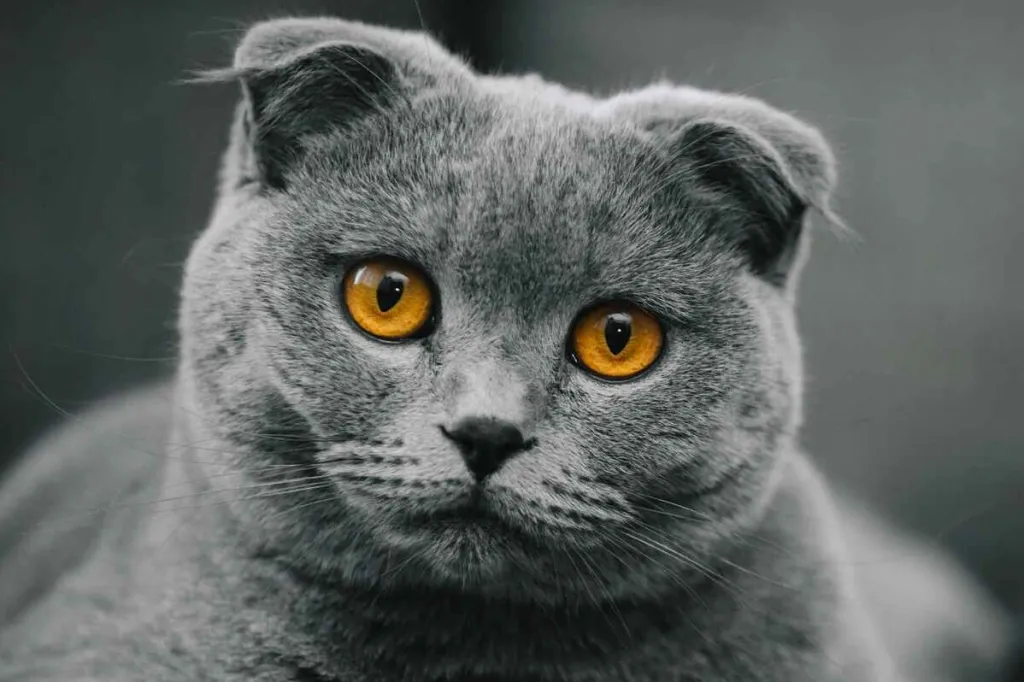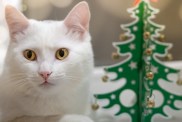The Scottish Fold is a medium-sized cat breed, immediately recognizable by their distinctive folded ears giving them a sweet, owl-like appearance. This trait is the result of a natural genetic mutation that affects the cartilage in their ears, causing them to fold forward and downward. Not all Scottish Folds have folded ears, however, as some kittens retain straight ears, though they share the…

People often joke that dogs have owners while cats have staff, and for the most part, that feels accurate. Felines…




